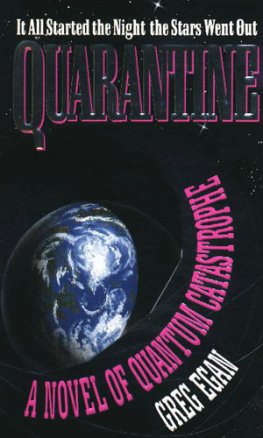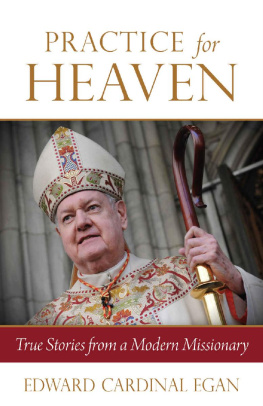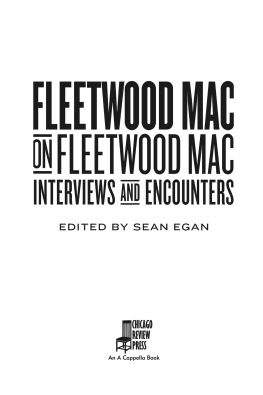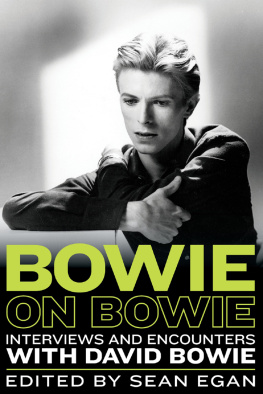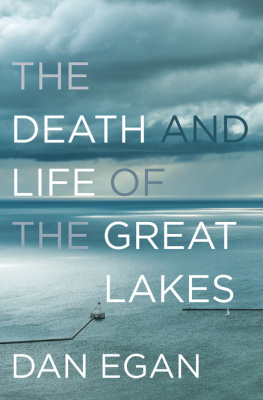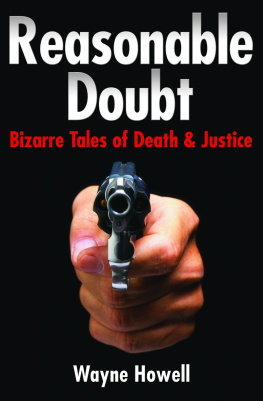Justice All Their Own
The Caledon Bay and
Woodah Island Killings
19321933
Ted Egan
Melbourne University Press
PO Box 278, Carlton South, Victoria 3053, Australia
First published 1996
Text Ted Egan 1996
Design and typography Melbourne University Press 1996
This book is copyright. Apart from any use permitted under the Copyright Act 1968 and subsequent amendments, no part may be reproduced, stored in a retrieval system or transmitted by any means or process whatsoever without the prior written permission of the publisher.
Typeset by Syarikat Seng Teik Sdn Bhd in 10/13 pt Stone Serif
Printed in Australia by RossCo Print
National Library of Australia Cataloguing-in-Publication entry
Justice all their own: the Caledon Bay and Woodah
Island killings 19321933.
Bibliography.
Includes index.
ISBN 0 522 84693 9.
1. Yolngu (Australian people). 2. Aborigines, Australian
Northern TerritoryCaledon Bay. 3. Aborigines, Australian
Northern TerritoryCaledon BayCrime.
4. Aborigines, AustralianNorthern TerritoryCriminal
justice system. 5. Trials (Murder)Northern Territory.
6. JapaneseNorthern TerritoryCaledon Bay.
7. MassacresNorthern TerritoryCaledon Bay.
8. Caledon Bay (N.T). I. Title.
994.295
This book is dedicated to two men of Arnhem Land
Frederick Harold Gray
and
Dhakiyara Wirrpanda
Preface
This is a great crime story. Most main characters are both lawman and wrongdoer, hunters become hunted, black and white blur. At Caledon Bay on the east Arnhem Land coast, Yolngu men kill five Japanese trepang fishermen. In time Darwin learns of the killings, and a police patrol investigates. It meets Yolngu, and a Yolngu man, Dhakiyara (Tuckiar), kills a policeman. Missionaries persuade him and the killers of the trepangers to come to Darwin. They are acquitted, he is sentenced to death. On appeal he is ordered to be released, but before he can return to his country he disappears. No one yet has said what happened to him.
Dhakiyaras disappearance is one of the storys many puzzles. When the trepangers were killed, a white man, Fred Gray, also fishing for trepang, was living as friend and neighbour to the killers. He was not harmed: indeed just before the killings he was courteously taken aside so that he could not see them. What Yolngu law had the Japanese broken? Who was wrongdoer, who lawman, on that day?
Again, the police clashed with the Yolngu on Woodah Island, a hundred kilometres south of where the Japanese were killed. What were they doing there? They had taken prisoner four Yolngu women and left a constable alone to guard them. Why? Dhakiyara was the husband of one of them, and he killed the constable to free his wife. Who was wrongdoer, who lawman, on that day?
Dhakiyaras wife was also sister to Big (Pat), head tracker for the police patrol. No white person learnt this until 1994. Big Pat PREFACE shaped where the patrol wenthe knew the country. He channelled the talk to the white police. Why did he lead them to his sister? Was he in a brother-in-laws poison relationship to Dhakiyara? Was he an Aboriginal lawman? Who was wrongdoer then? At Dhakiyaras trial, Big Pat was determined to see him convicted. Why? Because he worked for the white law, or the black law, or both?
Dhakiyara had nothing to do with killing the Japanese. Probably he was not friendly with the Yolngu who did kill them. Yet two white men had been killed on Woodah, and Dhakiyara was implicated in these killings. Perhaps that was because under Aboriginal law he would represent his people in whatever payback the whites intended in Darwin? The Caledon Bay men who went to Darwin certainly represented their peoplethe killings there were communal. What did they expect. What did Dhakiyara expect? Perhaps makarrta, trial by ordeal as Teg Egan tells us, but then reconciliation? After all they were not arrestedthey were persuaded by missionaries to come in. Why missionaries? What did they promise, consciously or otherwise? Should the Yolngu have been tried at all if the answer to that question was not clear? Who was lawman, who wrongdoer, then?
These puzzles and more tumble from Ted Egans gripping narrative. He asks and answers more about the Caledon Bay and Woodah Island killings than anyone before him. He has spoken with all the survivors. He uses the skill of a master story teller and his years of experience in the Top End to explore one of the Territorys great dramas. We see two codes of law juggling for priority, two moral systems with much in common being upheld each to the exclusion of the other. Power is with the whites, and European common law provides the frame for the story. But knowledge is with the Yolngu, and Big Pat, and there was much that they did not tell. Killers are arrested and tried: the case is solved. But whose justice was it when the trepangers were killed, when Dhakiyara disappeared, and in all those events between?
Bill Gammage
Contents
Illustrations
between 30 and 31
Department of Aboriginal Affairs
Department of Aboriginal Affairs
Jeanette Cook
Fred Gray
Fred Gray
Fred Gray
Fred Gray
Eric Wilson
Fred Gray
Fred Gray
State Reference Library, Darwin
Bleakley Collection, National Archives, Canberra
between 78 and 79
Jack Mahony
Jack Mahony
Stewart McColl Collection
Eric Wilson
Donald Thomson
Ted Egan
Bunny Dorilla
Eric Wilson
Eric Wilson
Eric Wilson
Jack Mahony
Daily Telegraph, 16 September 1933
Anglican Diocese, Darwin, AlfDyer Collection
Alf Dyer
Alf Dyer
Alf Dyer
Eric Wilson
between 110 and 111
Eric Wilson
Eric Wilson
Eric Wilson
Eric Wilson
Eric Wilson
Eric Wilson
Eric Wilson
Eric Wilson
Eric Wilson
Eric Wilson
Tom Harris
Eric Wilson
Eric Wilson
between 158 and 159
Donald Thomson
Ted Egan
Fred Gray
Clive Hyde
Neil Stewart
Eric Wilson
Eric Wilson
Ted Evans
Uwe Steinward
Neil Stewart
Neil Stewart
Clive Hyde
Alf Dyer
Maps
Foreword
I became interested in the Caledon Bay and Woodah Island killings of 193233 in the early 1950s when employed in the Native Affairs Branch, Northern Territory Administration, based in Darwin as a Cadet Patrol Officer. I felt I was just so important in 1952 when I was appointed a Protector of Aboriginals under the terms of the Aboriginals Ordinance. Because the Native Affairs Branch purported to be a copy of its equivalent in Papua New Guinea, I was sent on various patrols by senior officers charged with the responsibility of doing New Guinea style colonial things in a country nothing like Papua New Guinea.



